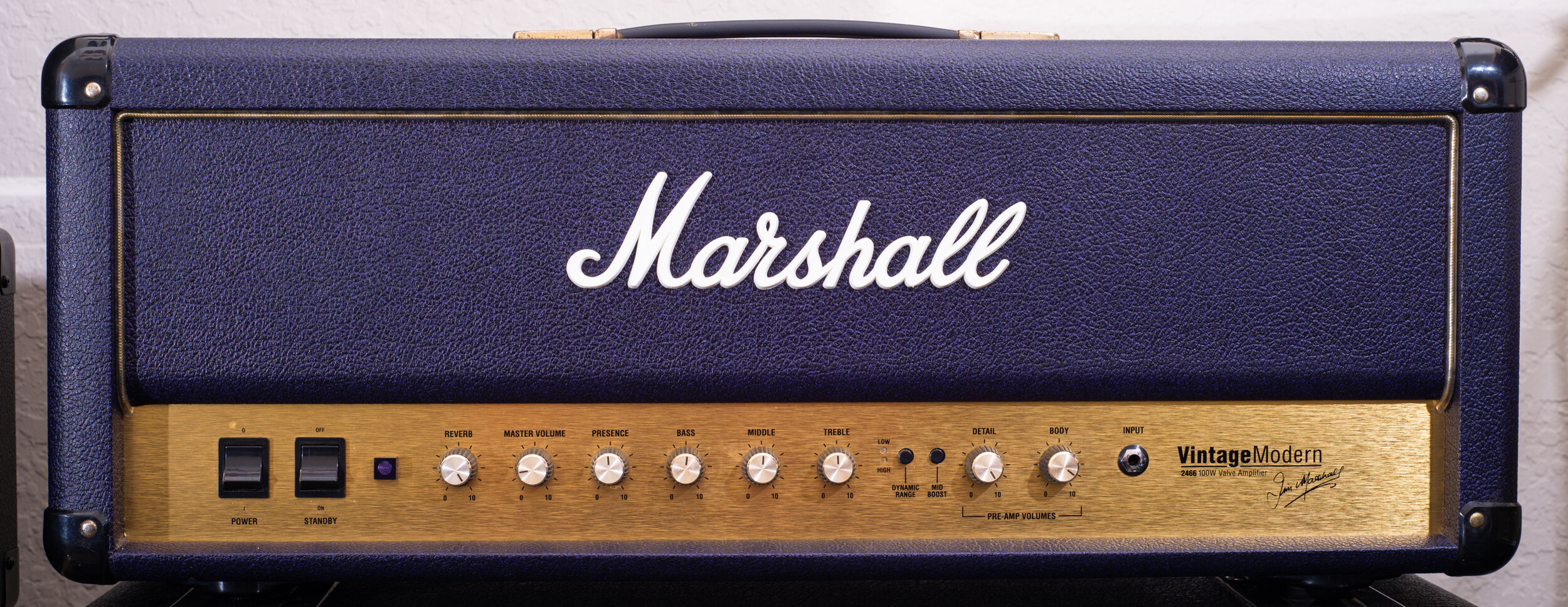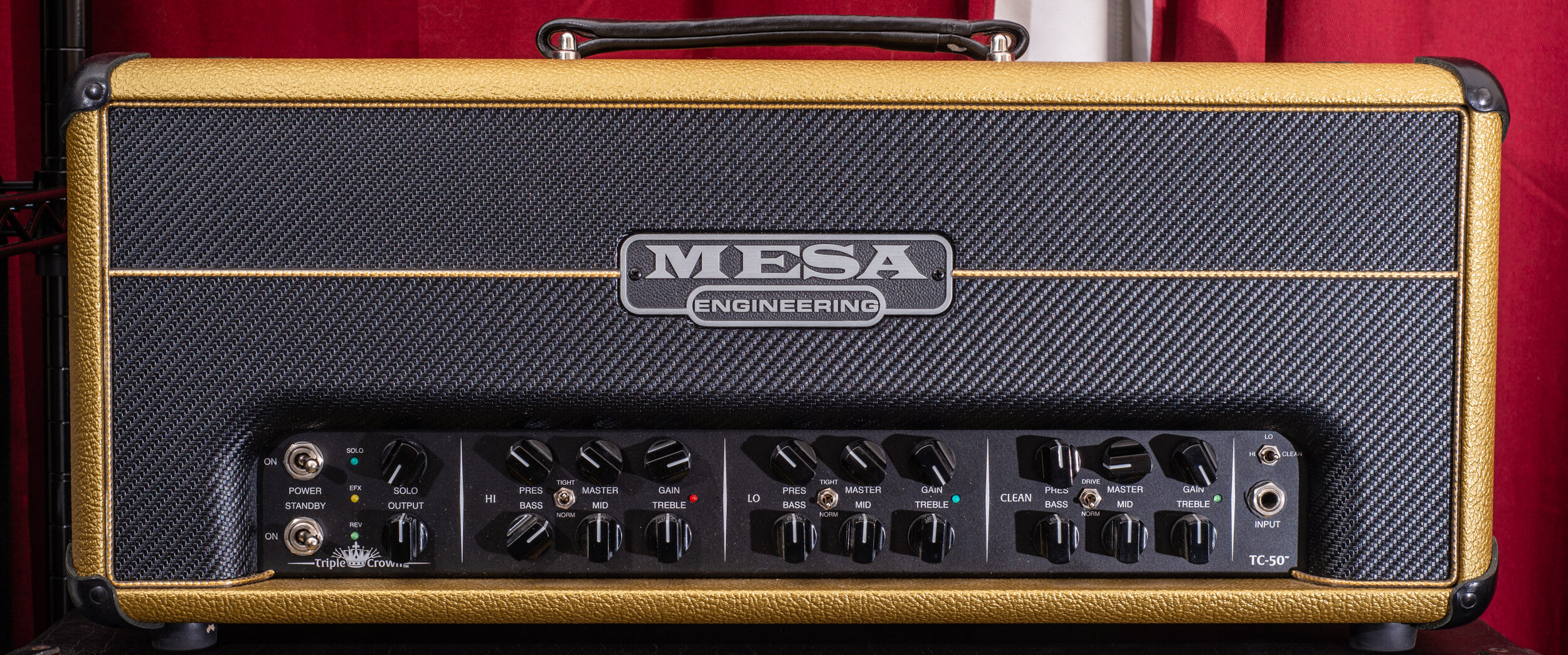These always intrigued me, but having owned a “real” plexi like the 1987x and choosing that over the JTM45 type Marshalls, I never made this amp a priority. Well that was a mistake!
I expected it to only do a JTM45/100 approximation, and a mediocre one at that but I am pleasantly surprised. The body and detail controls allow a lot of fine tuning to the sound - just like jumpering the inputs of a Plexi or JTM - but in “high dynamic range” mode engages another pair of tube gain stages what push it into that coveted “modded” territory. While it’s no modern ultra-high gain monster, it’s surprisingly aggressive sounding, the mid boost is very effective at thickening it up for classic sounds, and like all bright Marshalls it excels when boosted too. Of course, it is still focused on the more classic JTM style sounds, so its voicing lends itself more towards those tones and it can be very loose in the bass response compared to more modern cascading gain designs. That means it isn’t a replacement for a high gain Marshall style amp on its own, since it requires pedals to get there, but it excels at classic low to mid gain rock and gets dirty enough for early metal styles too.
I’m looking forward to doing a few more comparisons between this and my 1987x, and 2203. It’ll be interesting to see which I like the most.






